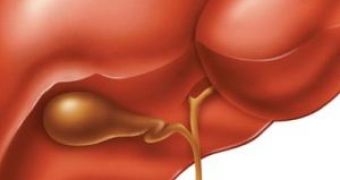Scientists at Edinburgh University give new hopes for patients that suffer from liver diseases that eventually will lead them to death. The experts have discovered that certain cells in the body can be modified in order to help transform and regenerate the damaged liver tissue, which will also put an end to liver transplants.
Patients that suffer from acute and chronic liver conditions have a single chance to survive: receiving a new liver from a donor. But this happens as seldom as most of the patients die before their sick organ can be replaced.
But the announcement made by the medical team at Edinburgh University provides new hopes for the dying ones: by making use of stem cells replacement the liver transplants may be avoided and it will be much easier for a severely ill patient to keep living.
The study will be published in The American Journal of Physiology, but Dr. James Ross, leader of the research explained how the new way of treating liver disorders is going to work:
"We have now identified primitive cells with the potential to mature into different cell types within and outwith the liver. It is possible that these cells lie dormant in the adult liver and may be the source of repair cells that are activated by severe liver injury.
Secondly, in response to massive loss of functioning liver tissue, a population of primitive liver stem cells may be stimulated to proliferate and develop into mature liver cells.
The third mechanism of liver repair involves circulating stem cells originating from other sources, such as the bone marrow, and it is possible that these cells may be recruited into the liver and form new liver cells."

 14 DAY TRIAL //
14 DAY TRIAL //